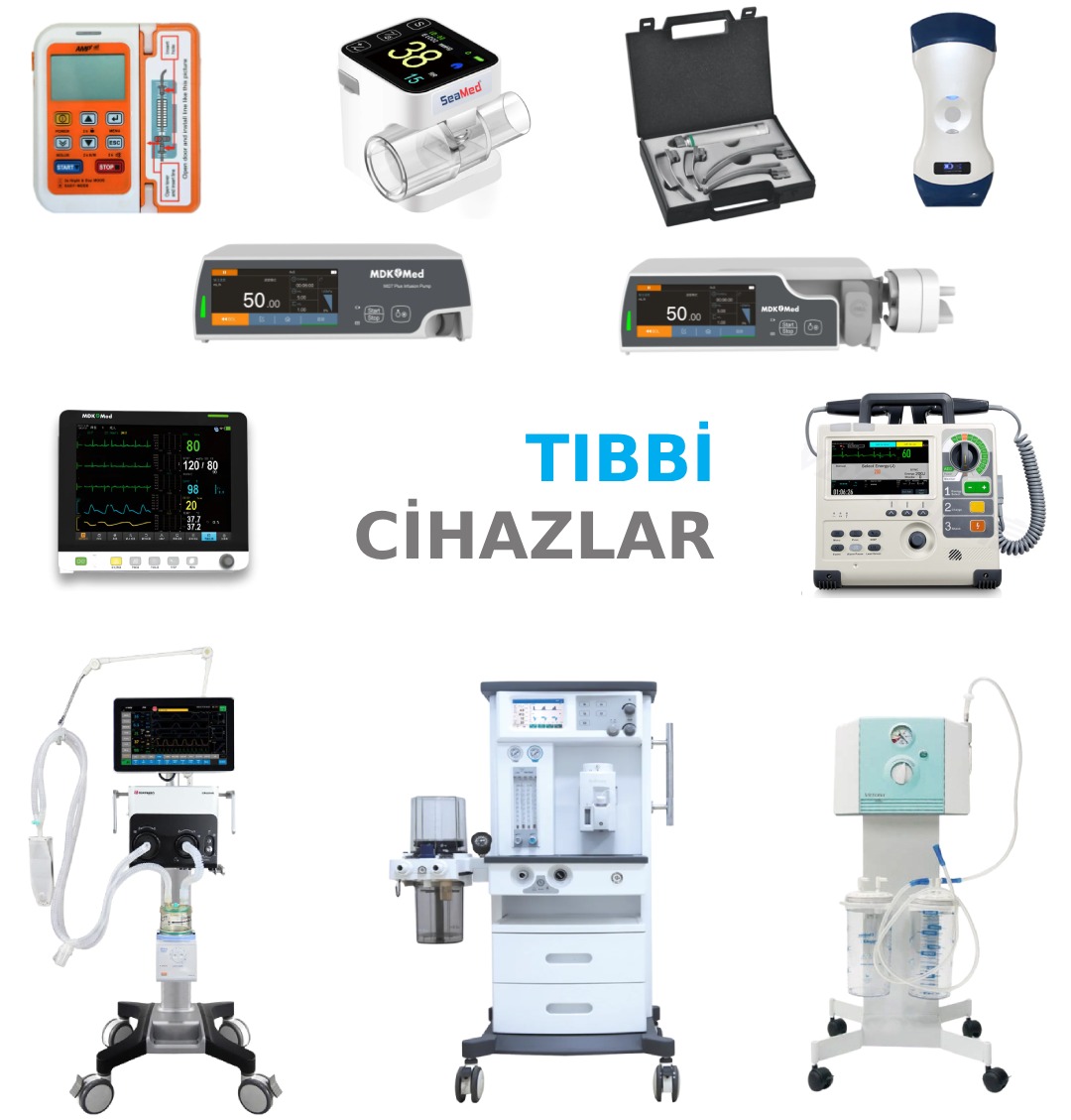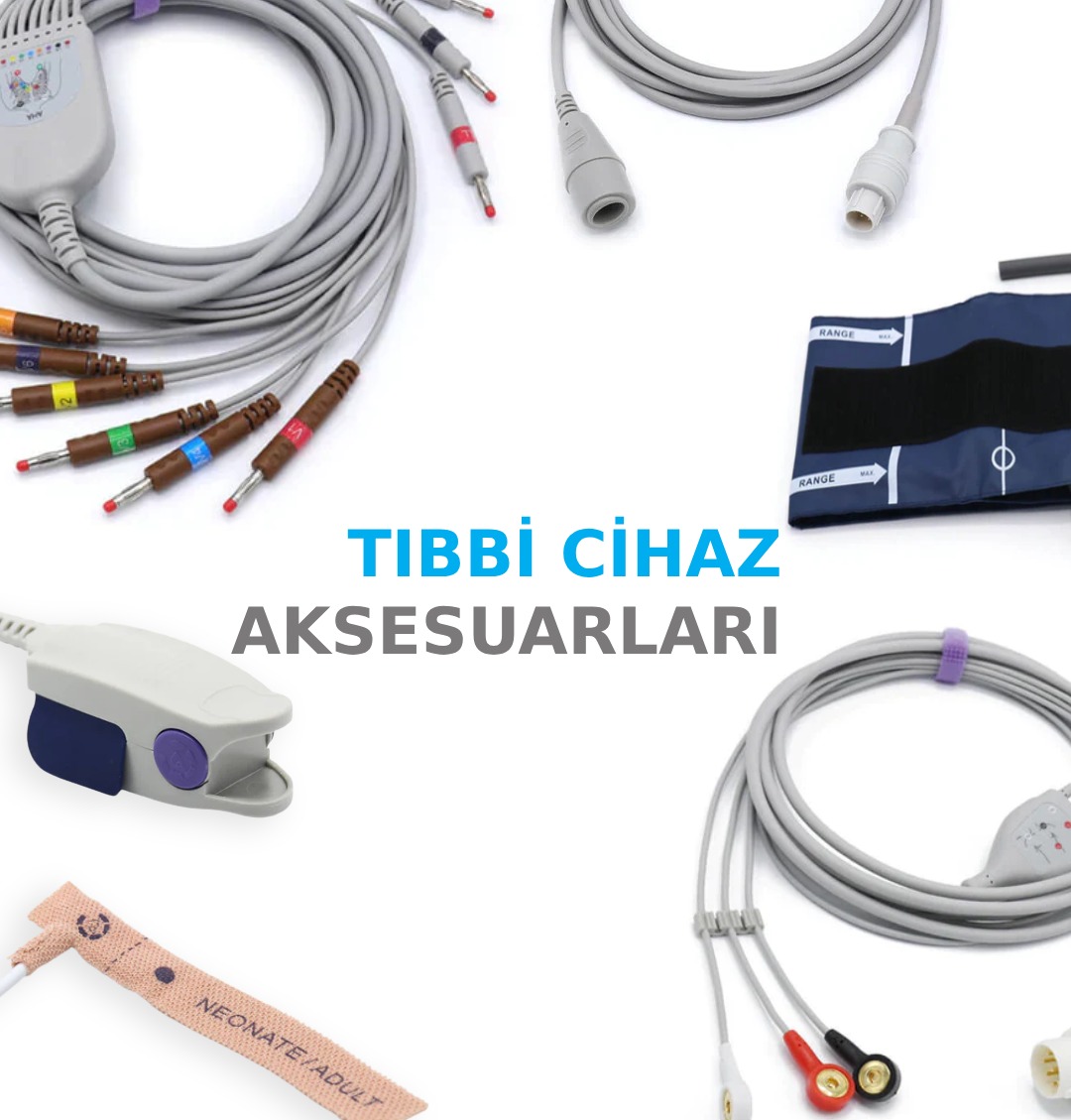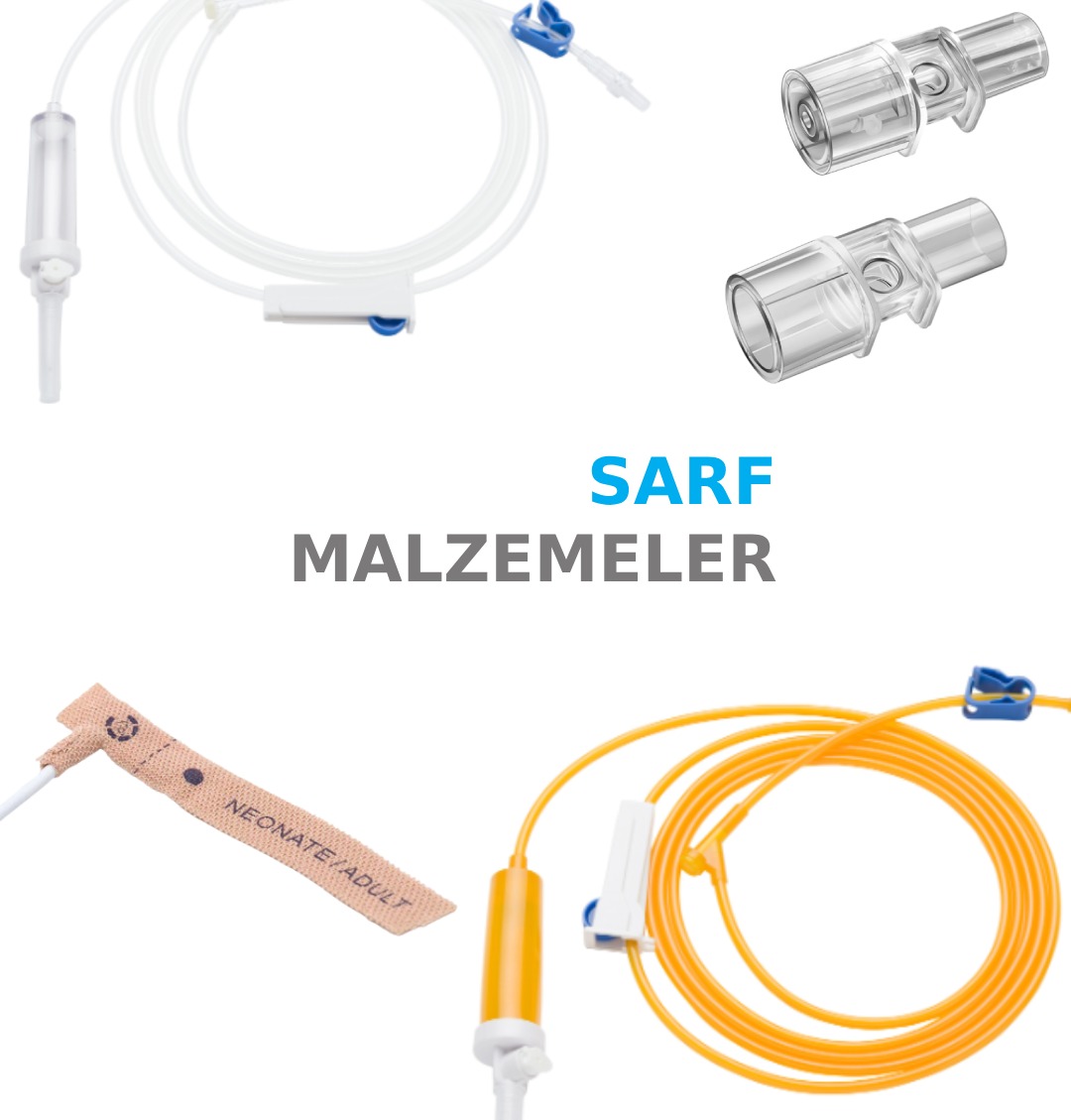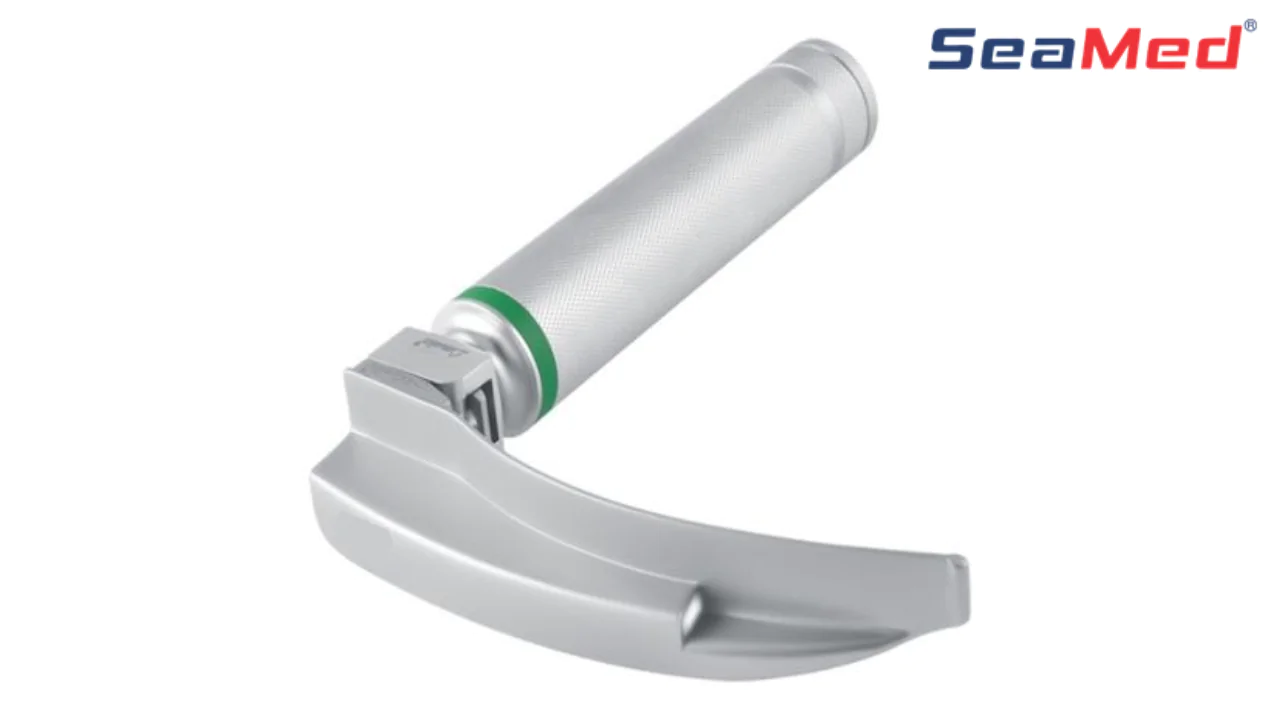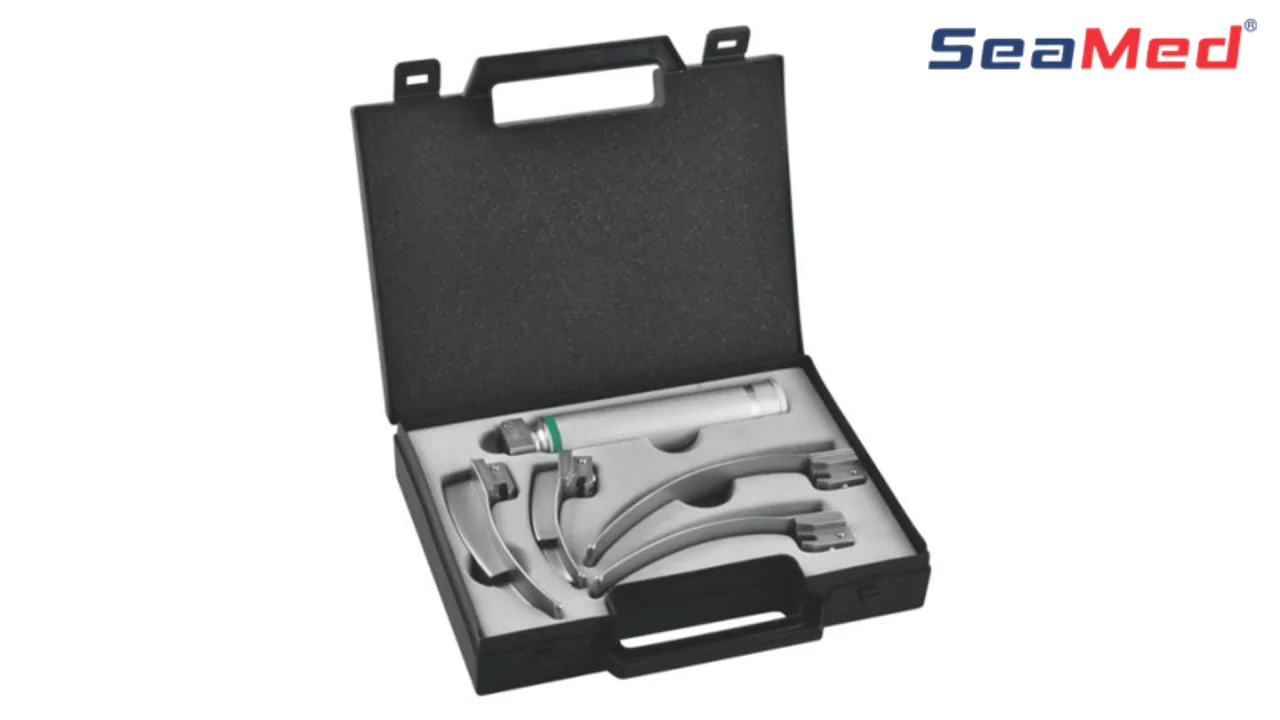
SEAMED MAXILITE MACINTOSH CLOSED SYSTEM LARYNGOSCOPE SETS
- Closed Fiberoptic System
- Easy Bulb Replacement
- Rechargeable Handle (Optional)
- 304 Series Matte Stainless Steel
- 0 - 1 - 2 - 3 - 4 Macintosh Blades
- 10,000 Lux Light Intensity
- Autoclavable 4000 times at 134°C
Laryngoscope sets are medical devices used for visual examination of the airways and diagnosis of breathing problems. These sets contain a combination of instruments used to look inside the throat during a laryngoscopy procedure. Laryngoscope sets enable visualization of the larynx (the structure where the vocal cords are located) in the throat and play an important role in the diagnosis and treatment of airway obstructions.
Laryngoscope sets usually consist of a laryngoscope handle and laryngoscope blades of different sizes. The laryngoscope handle has an ergonomic grip surface for holding the device and is usually powered by batteries or rechargeable batteries. Laryngoscope blades come in different types and facilitate opening of the throat and access to the larynx. Blades can generally be flat (Miller type) or semi-round (Macintosh type).
The working principle of laryngoscope sets is that the laryngoscope blade is placed inside the throat and provides a suitable field of view to the larynx. The laryngoscope blade is pushed over the tongue, allowing the tissues in the throat and larynx to be visualized. This image is helpful in diagnosing airway obstructions, performing procedures such as intubation (insertion of a breathing tube) or airway surgery.
Laryngoscope sets are widely used in anesthesiology, emergency medicine, ear, nose and throat (ENT) and emergency services. Laryngoscope sets are used to intubate during anesthesia, open airway obstructions, or perform respiratory surgery. Additionally, ENT physicians use laryngoscope sets to examine the throat and vocal cords.
Some medical-technical terms related to laryngoscope sets are: "Larynx" is the structure containing the vocal cords located in the upper part of the respiratory tract. "Intubation" is the process of placing a breathing tube into the respiratory tract. "Laryngoscopy" is the process of visual examination of the larynx.

